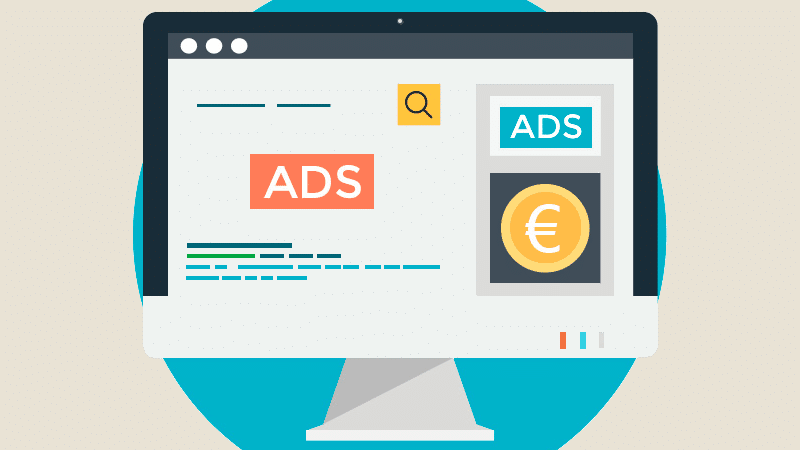Branding for Startups: A Guide to Building a Strong Identity

Introduction
Branding is one of the most powerful tools a startup can use to differentiate itself from competitors and create a lasting impression on customers. In the early stages of a business, establishing a strong and consistent brand identity is crucial for long-term success. But with so much to do in a startup, how do you effectively approach branding?
This article will guide you through the essential steps and strategies for creating a powerful brand for your startup. From defining your brand’s purpose to designing a memorable logo, we’ll break down the key components that make a startup’s brand stand out.
1. Defining Your Brand’s Purpose and Values
Before diving into the visuals or promotional strategies, it’s essential to define your startup's core purpose and values. A clear brand purpose will help guide all branding decisions moving forward. Here’s how to define your brand’s purpose:
- Identify your mission: Why does your startup exist? What problem are you solving, and how do you intend to make a difference in the lives of your customers?
- Understand your values: What principles will your brand stand for? Are you committed to sustainability, innovation, or customer satisfaction? Your values should reflect what your brand believes in and be integrated into everything you do.
A strong sense of purpose helps create an emotional connection with your target audience, making your brand more relatable and appealing.
2. Research Your Target Audience
Understanding your target audience is key to developing a brand that resonates with the right people. Start by answering these questions:
- Who are they?: What age group, gender, location, and interests does your audience consist of? Create customer personas to visualize and understand their behaviors and preferences.
- What do they need?: What challenges are your target customers facing, and how does your product or service solve these problems?
- What do they value?: Are they looking for affordability, luxury, quality, or convenience? Understanding these values will help shape your brand’s message.
By conducting thorough audience research, you ensure that your brand speaks directly to the people who matter most to your business.
3. Craft Your Brand’s Voice and Messaging
Your brand’s voice is the tone and style in which you communicate with your audience. It should align with your values, resonate with your target audience, and be consistent across all platforms. Here are some key points for crafting your brand’s voice:
- Be authentic: Stay true to your brand’s values and purpose. Don’t try to mimic other brands or adopt a voice that doesn’t reflect your startup’s personality.
- Be consistent: Consistency is key when it comes to building brand recognition. Ensure that the language and tone you use on your website, social media, and marketing materials are all in harmony.
- Be clear: Avoid jargon or overly complex language. Your messaging should be simple, clear, and easy to understand for your target audience.
Your brand’s voice should evoke trust, credibility, and connection with your customers, creating an experience that goes beyond just a product or service.
4. Design a Memorable Logo and Visual Identity
Your startup’s visual identity is often the first thing customers will notice, so it’s important to make a strong impression. This includes designing a logo, choosing a color palette, and selecting fonts that all work together cohesively. Consider the following:
- Logo: Your logo is the visual representation of your brand. It should be simple, unique, and scalable (able to work in different sizes). A memorable logo will make your brand easily recognizable.
- Color Palette: Colors evoke emotions and can convey your brand’s personality. Choose a color scheme that aligns with the message and emotions you want your brand to evoke. For example, blue often represents trust and professionalism, while green can convey sustainability and health.
- Typography: The fonts you choose should complement your logo and color scheme. Consistency in typography across your brand assets is crucial for building a cohesive visual identity.
Hiring a professional designer can be a good investment for creating a polished and impactful visual identity, but it’s possible to DIY with design tools if you have a limited budget.
5. Build a Strong Online Presence
In today’s digital world, your online presence is a crucial part of your startup’s branding. Your website and social media profiles will be the primary touchpoints for your audience. Here are some tips for building a strong online presence:
- Create a user-friendly website: Your website should clearly convey your brand message, provide essential information, and be easy to navigate. A clean, professional design will create a good first impression and build credibility.
- Leverage social media: Social media platforms are excellent tools for engaging with your audience and showcasing your brand’s personality. Be sure to consistently post content that aligns with your brand’s voice and values.
- Content marketing: Share valuable content that educates, entertains, or informs your audience. Content like blog posts, infographics, videos, and podcasts can help establish your brand as an authority in your industry.
By maintaining a strong online presence, you’ll be able to reach a wider audience and build lasting relationships with potential customers.
6. Ensure Consistency Across All Touchpoints
Branding for startups is all about consistency. Every interaction a customer has with your startup, from your website to your customer support, should reflect the same brand identity. Here’s how to maintain consistency:
- Brand guidelines: Create a brand style guide that outlines how your logo, colors, typography, and voice should be used across all platforms and materials. This ensures that your branding is always presented in a unified way.
- Customer experience: Ensure that your customer service, sales processes, and product delivery are in line with the values and messaging you’ve established for your brand. A positive experience will increase customer loyalty and word-of-mouth referrals.
Consistency is key to building trust with your audience and establishing a recognizable presence in the marketplace.
Conclusion
Branding for startups is a crucial process that can define your company’s future. By understanding your audience, crafting a clear brand message, designing a memorable visual identity, and ensuring consistency across all touchpoints, your startup can build a strong and impactful brand. Branding is not just about a logo or a tagline; it’s about creating an emotional connection with your audience and offering them something they can relate to and trust. When done right, branding has the power to make your startup stand out in a competitive marketplace and lay the foundation for long-term success.




